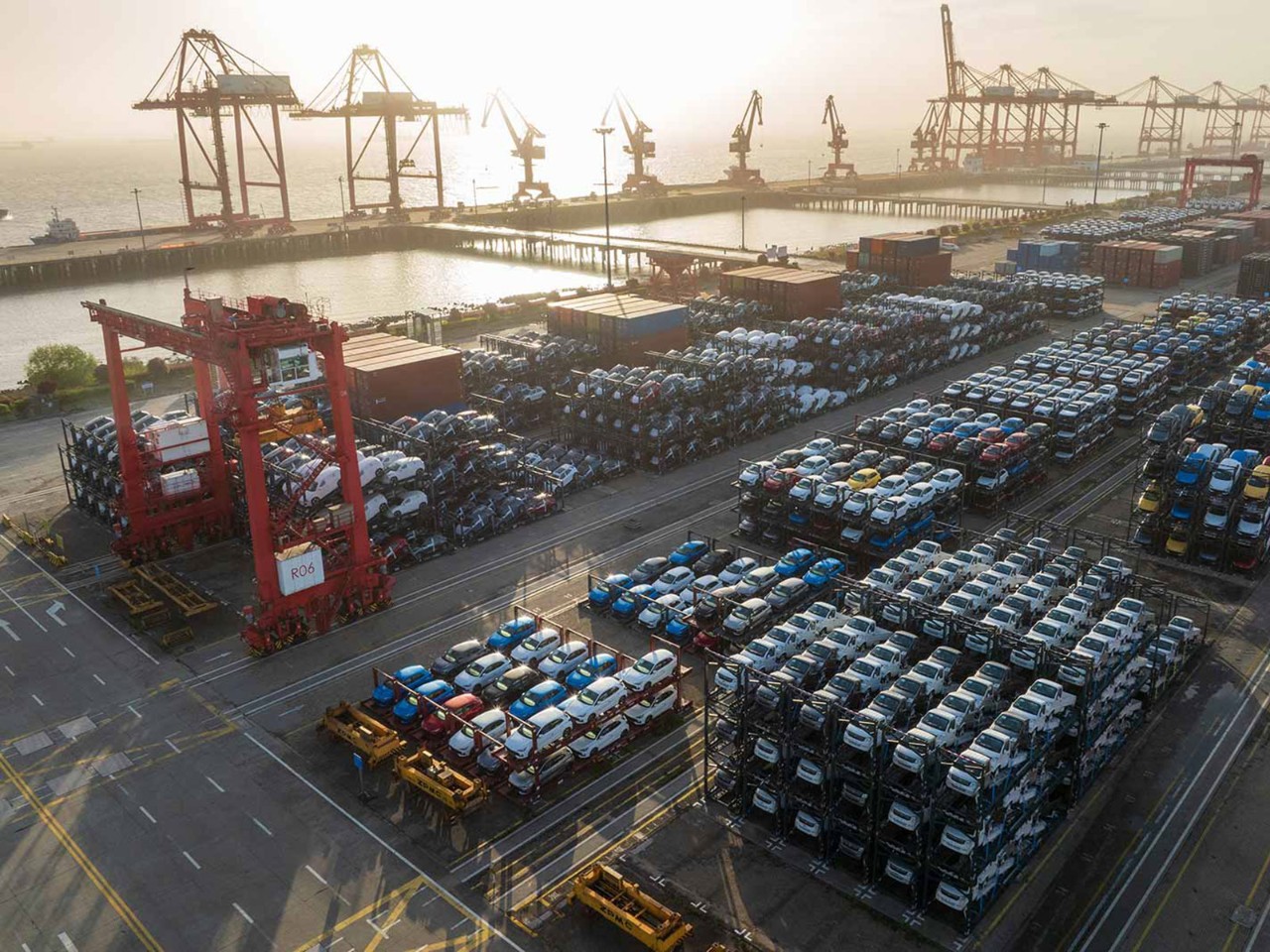
As sustainability becomes a shared global priority, corporate and financial leaders from across China met at the second ISSB-ACCA joint roundtable in Beijing last November, with the theme ‘Inspire, Integrate, and Innovate’. They are actively addressing the challenges and gaps in aligning global environmental, social and governance (ESG) frameworks and strengthening China’s role in sustainable finance, while also exploring the use of fintech to advance sustainability.
The event came at a time when businesses worldwide are grappling with a patchwork of sustainability reporting requirements and insufficient data infrastructure. The need for change could not be clearer, and the International Sustainability Standards Board (ISSB) is working to streamline the reporting landscape by harmonising diverse practices.
Sustainability gaps
Speaking at the roundtable, Brian Zhu, CFO and chief sustainability officer at United Overseas Bank China, highlighted key challenges faced by financial institutions operating across multiple jurisdictions. ‘We observed that investors from different regions often question financial institutions [about] whether underlying green assets comply with their own regional standards, and there are significant standard gaps across different regions and countries,’ he noted.
‘Regulators must address the issue of inconsistency and work towards building a common ground taxonomy for green/sustainable finance.’
Zhu also identified the disconnect between green projects and potential investors as a major pain point. ‘There is supply, and there is demand, but they are not matched because suppliers cannot directly identify the demands,’ he explained. He suggested the establishment of a centralised database where green projects could be certified by ESG institutions, with all data being quantifiable and traceable.
‘Sustainability standards are proving beneficial for investors’
Turning to successful models, Zhu highlighted Singapore’s proactive regulatory framework, particularly the Monetary Authority of Singapore’s Green and Sustainability-Linked Loan Grant Scheme, which subsidises ESG assurance costs. Such initiatives, he suggested, could serve as a blueprint for accelerating the adoption of sustainable finance in China’s rapidly evolving market.
ESG and fintech
The push for better solutions is already under way in the fintech sector, with China Central Depository & Clearing (CCDC) leading the charge. Currently, CCDC has made some effective and conducive explorations to assist sustainability finance.
The organisation has spearheaded three major initiatives: developing national ESG standards for bond issuers and green bond disclosure, creating a comprehensive fintech platform for ESG financing and investment that now evaluates tens of thousands of enterprises, and launching an innovative carbon accounting assessment tool.
CCDC President Xu Liangdui said that the company has also ‘been utilising fintech to provide an open, safe and cross-platform ESG one-stop system for capacity building and analytics’. For instance, CCDC has developed a carbon accounting assessment tool that helps financial institutions tackle what Xu described as the major challenge of measuring and reporting Scope 3 carbon emissions.
The platform is said to deliver over 70% accuracy in carbon accounting, and has been recognised as one of the top 10 green finance innovation cases at the annual Financial Street Forum.
‘It’s encouraging to see that sustainability standards are proving beneficial for financial investors,’ Xu said. ‘We hope that by working as a bridge, we can get connected with domestic and international institutions and players to advance sustainability.’
‘We have to shoulder our ESG responsibilities’
Local and global
As the ISSB advances toward unified global sustainability reporting standards, state-owned enterprises (SOEs) in China are stepping up with their own ESG frameworks, showing how corporations can balance global standards with regional practices.
‘CRRC (China Railway Rolling Stock Corporation) is now developing our ESG theoretical system and working architecture with Chinese characteristics,’ explained CCRC vice president Wang Feng. ‘We want to become a role model for SOEs in sustainability and to lead on the development of industry standards.’
The CRRC framework covers everything from operational efficiency to environmental impact. ‘This institutional design makes sure that our ESG practices are sustainable and effective, and that is enhancing our long-term value and the sustainability competence,’ Wang said.
ESG standards lining up across countries is an essential
Harmony
While strides have been made, Wang underscored the need for greater international cooperation and standardisation. With markets increasingly interlinked, getting ESG standards to line up across countries isn’t a nice to have but an essential for investors, regulators and companies to make informed decisions.
A consensus was reached on this point. As Sue Lloyd, vice-chair of the ISSB, said: ‘One of the benefits of the global baseline is that we can support the efficiency of the sustainability reporting ecosystem. We do this in a few different ways: first of all, by supporting the adoption of our standards, the use of the global baseline and our ongoing dialogue with jurisdictions to ensure that they are applying our requirements in a consistent way. We’ve also contributed to the efficiency of the ecosystem by taking opportunities to streamline the system. Lastly, we have a very close working relationship with the other large international sustainability standard setters, including the Global Reporting Initiative.
‘We’re working really hard to make sure that our global baseline is fit for purpose, that it meets investors’ information needs,’ Lloyd added. ‘We’re supporting its adoption and we really hope that in so doing, we’re helping companies as well to focus on how they can communicate, how they are managing their businesses to attract capital in an efficient and effective way.’

